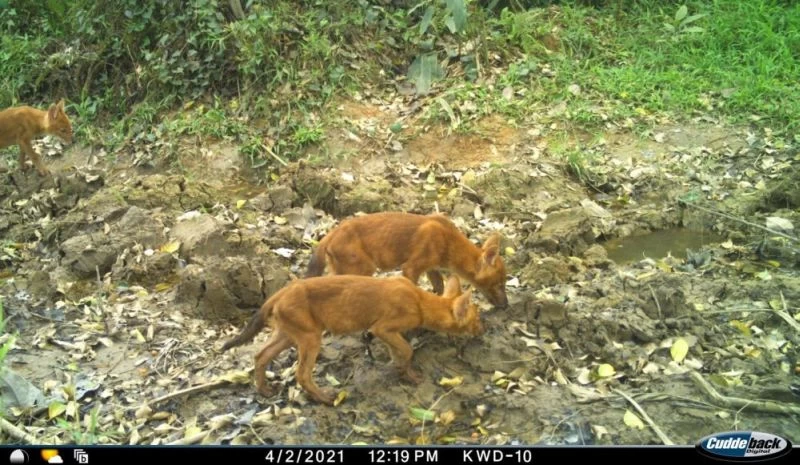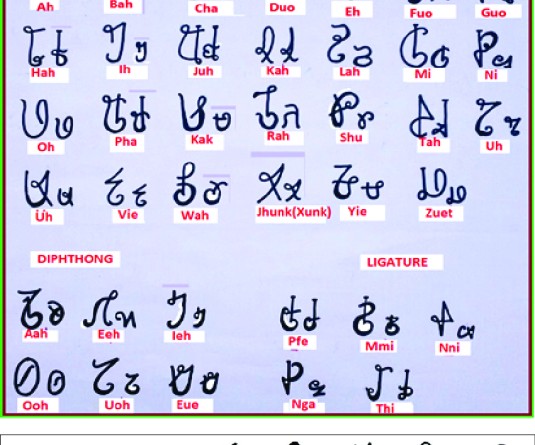
Suman W M Sivachar, IFS
Nestled within the rich tapestry of cultures and terrains in Nagaland lies Wokha district, a beacon of biodiversity in a state renowned for its ecological wealth. This district is a living testament to the biological affluence of Nagaland, echoing the harmonious existence of a myriad of species, each playing a pivotal role in maintaining ecological equilibrium.
Wokha is a haven for a wide array of wildlife, from the majestic strides of the largest land mammal, the elephant (Elephas maximus), to the awe-inspiring migrations of the Amur Falcon (Falco amurensis). This district provides refuge to the critically endangered Black Softshell Turtle (Nilssonia nigricans) and serves as a home to the elusive apex predator, the Clouded Leopard (Neofelisnebulosa), and the flagship species, the Chocolate Mahseer (Neolissochilushexagonolepis). These are but glimpses into the extensive biodiversity that the district nurtures, depicting Wokha as a flag-bearer district in Nagaland.

Wokha stands out as a flag-bearer district in Nagaland, given its vast array of fauna, including an extensive list of birds, mammals, reptiles, and amphibians, each playing a crucial role in maintaining the ecological equilibrium of the region. The district is not only a sanctuary for common species but also a refuge for several Rare, Endangered, and Threatened (RET) species. These species are integral to the health and functionality of their ecosystems, despite their dwindling numbers and vulnerable status.
In a hugely significant finding, a fresh water turtle species-Black Soft-shell turtle- which was earlier categorized under the Extinct in the Wild (EW) of the Red List of Threatened Species by the International Union for Conservation of Nature (IUCN), was rediscovered in the wetlands of Old Akuk village in Wokha district, Nagaland in 2016 .
The lush hills, dense forests, and pristine rivers characterizing the district’s topography create a conducive environment for a diverse range of species to flourish. The harmonious coexistence of different species in Wokha speaks volumes about the district’s ecological richness.
The conservation of the diverse wildlife in Wokha is paramount for ecological balance and sustainability of the region’s natural resources. The biological wealth of Wokha necessitates collaborative efforts from local communities, conservationists, and policymakers to safeguard the district’s biodiversity. The promotion of sustainable practices, enhancement of community awareness, and fostering of a conservation ethic are crucial to preserving the natural heritage of Wokha for the generations to come.
In an era marked by rapid environmental changes, the protection and conservation of Wokha’s distinctive fauna are not merely regional priorities but global responsibilities. By highlighting the rare and endemic species of Wokha, we can galvanize collective action to protect the irreplaceable treasures of our planet, ensuring the continued existence of these species in their natural habitats.
Recent studies conducted by Lansothung Lotha, RFO, Wokha Forest Division, along with researchers Saurabh Sawant and Shashank Dalvi, confirmed the presence of Clouded Leopard (Neofelisnebulosa), Dhole (Cuonalpinus), Asian Elephant (Elephas maximus), Chinese Pangolin (Manis pentadactyla), Hog Badger (Arctonyx), Sambar (Rusa unicolor), Barking Deer (Muntiacusmuntjak), Kaleej Pheasant (Lophuraleucomelanos), Red Jungle Fowl (Gallus gallus), Gray Peacock Pheasant (Polyplectronbicalcaratum), etc., to name a few through camera trap surveys from various villages under Wokha district. These findings further corroborate the diversity and richness of the species present in the district.
The harmonious intertwining of various species in Wokha paints a picture of ecological diversity and symbiosis. By embracing conservation initiatives and fostering an appreciation for the natural world, we can contribute to the preservation of Wokha’s biological wealth and ensure that the district continues to be a sanctuary for the rare and remarkable species of our planet.
The writer is Divisional Forest Officer, Wokha Forest Division and Doyang Plantation Division Wokha, Nagaland.




